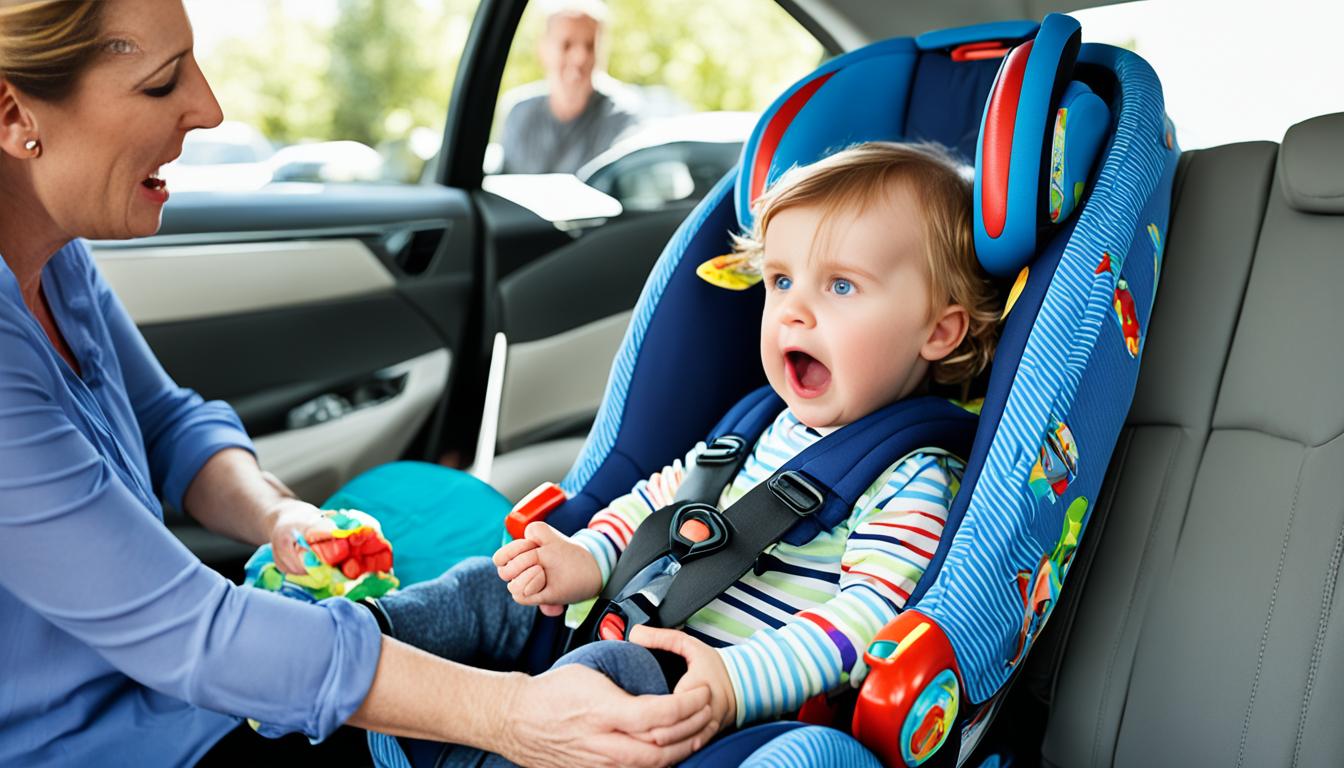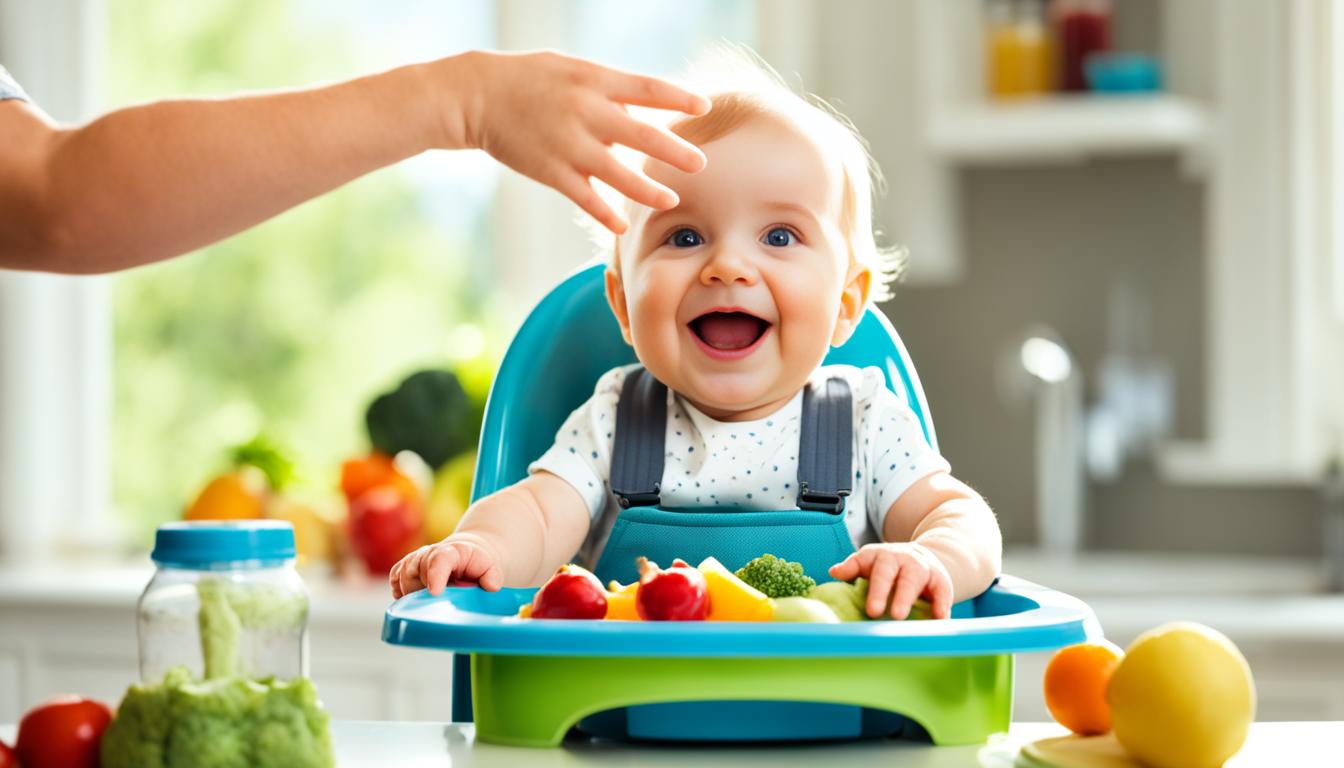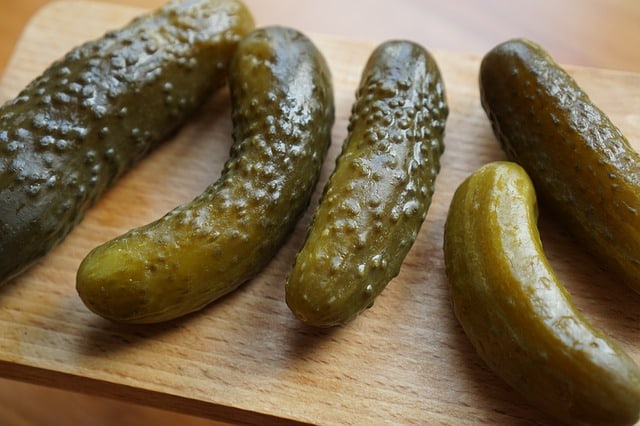Cold Hands? How to Keep Baby’s Hands Warm at Night
You dress junior in their softest pajama and breastfeed them until they’re satisfied. You tuck them into their crib and kiss them goodnight. But before you turn the lights off, you decide to touch your baby’s hands.
To your surprise, your infant’s hands are cold to the touch!
It is very freaky to experience this for the first time. A cold baby before bedtime isn’t something that you asked for. Is your kid sick? Is the air conditioner too cold?
There are many possibilities as to why your baby has cold hands. And, for the most part, they’re all part of growing up.
With that said, you still want to make your baby is as comfortable as possible while they sleep. You don’t want junior to have popsicles for fingers, right? Let’s explore why babies tend to have cold hands at night and how you can help warm them up.
Skip To The Following Sections
Why are My Baby’s Hands Cold?
As mentioned above, your baby can have cold hands for plenty of reasons. A lot has to do with how their body is developing and adjusting to their environment. Here are five potential causes of cold hands among babies:
Your Baby Can’t Regulate Their Temperature (Yet)
Babies can’t do a lot of things. They can’t control their bodies as efficiently as adults can. And one thing they can’t do is regulate their internal body heat.
Unlike adults, babies can’t evenly distribute their body temperature. So while the center of their bodies feels warmer, their limbs feel cooler to the touch. And babies don’t have anything else to blame but their tiny size.
According to the American Academy of Pediatrics, a baby can have temperatures averaging around 97F (36.1C) to 100.4F (38C). So when in doubt, just remember that your baby is simultaneously hot and cold.
Their Bedroom is Too Cold
This sounds like a no-brainer, but your baby’s bedroom might be too cold. As mentioned above, adults feel temperature differently from babies. So while you think the air conditioner isn’t frigid, your baby might be freezing their butts off!
It’s important to keep the bedroom’s temperature cool but not cold. The suggested coolness should be at 69 and 75F (20.5 – 24C). Keep in mind that regulating the temperature of your baby’s room can help lower the risk of sudden infant death syndrome (SIDS).
They’re Not Doing Any Physical Activities
Ever notice how exercising makes your body hot? Physical activity raises the body’s internal temperature. But while adults can run, jump, and lift weights to feel the heat, babies just eat, sleep, and babble all day.
The lack of exercise means your baby will experience some cold hands. Once your baby can get up and walk around, though, that’s when you start to notice their hands becoming warmer.
Their Circulatory System Does Not Prioritize Their Hands
Your baby is growing every day, and so their circulatory system prioritizes organs that need blood the most. Organs like the lungs and brain need more nutrients. And where there are nutrients, there is warmth.
In some instances, your baby’s hands might turn blue! Acrocyanosis is, thankfully, painless, and your baby’s hands will go back to normal quickly. Newborns are more likely to experience acrocyanosis, but this phenomenon can also occur in older babies.
Your Baby Has a Fever
Finally, your baby might be cold because of a fever. Your infant’s immune system is too busy fighting off diseases that it can’t focus on keeping the body warm. Thus, cold hands (and cold feet) can happen.
Asides from cold limbs, your baby can have symptoms like fatigue, a flushed face, loss of appetite, diarrhea or constipation, and fussiness. A fever can also be a symptom of a much bigger issue, like an infection. If you’re not sure why your infant is sick, a quick doctor trip should do the trick.
How to Keep Your Baby’s Hands Warm at Night
Now that we have established why your baby’s hands are cold, it’s time to make them warm again!
Many of these tips are simple and not time consuming, and you probably have all the things you need in your home. Here are 5 tips to keep junior snuggly warm:
1 Layering is the Key
Dress your baby in an extra set of jammies to keep them toasty throughout the night. Make sure to use thin clothes that are easy to remove just in case they go potty or start overheating.
2 Cover Those Hands in Mittens
Those mittens are more than just for aesthetics. They can add an extra layer of heat around your infant’s hands. Oh, and you should totally match those mitts with some nice socks too!
3 Swaddle Your Baby in a Warm Blanket
If layers aren’t enough, you can swaddle your baby inside a warm blanket. Make sure the blanket is neither too tight nor too loose. You just want them to feel like they’re being embraced all night.
4 Fix the Settings on Your Air Conditioner
Adjust your air conditioner’s temperature when your baby is feeling too cold. Most modern air conditioners allow users to manually change the thermostat. You can also lower your air conditioner from high cool to either medium or low cool.
5 Preheat the Crib 30 Minutes Before Bedtime
Finally, you can preheat the crib for 30 minutes before putting your infant inside it. Place a hot water bottle or pad and leave it there until the crib’s mattress is warm to the touch. And don’t forget to remove it before putting in your child.
Conclusion
Babies have a harder time controlling how hot and cold their bodies are. Sometimes, you might feel a cold hand or two whenever you touch your child. The good news is that all babies outgrow this as they age.
But since younger babies can’t control their internal body temperature, it’s up to you to make them feel comfortable. Layering them in lightweight clothes, wrapping them in blankets, and adjusting the room’s temperature can help your baby sleeps soundly at night.
So the next time you feel for junior before they sleep, just remember that they’re in safe hands.










